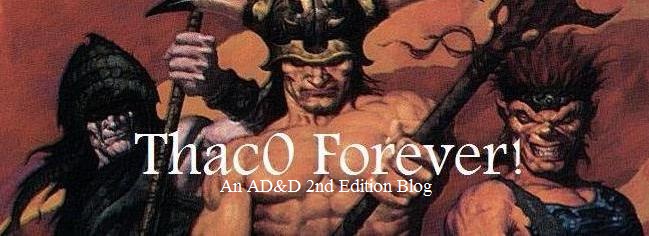One thing that always irked me about game supplements from TSR was the almost complete lack of 0-level characters in their product. If these people were so numerous, how is it that every town seemed to have at least a 1st level cleric, and why every king of every nation was a 9th level something or other, when the DMG clearly stated that the majority of churches, rulers, and fighting men were merely single HD 0-level characters. They also never explained what exactly caused a character to become classed.
I'm not saying that such a practice as "no 0-level npcs" is a bad thing. In some settings, it actually makes more sense, Dark Sun for instance, where the world is far more brutal, and 0 level characters wouldn't even make it in the cities. But other settings, such as Forgotten Realms, Mystara, and Greyhawk should have fewer high level(level 7+) characters in positions of power.
I realize, as a DM, that I could always change such characters, but I've long been a fan of maintaining the integrity of settings, because altering something to that effect really does seem to change the mood of the characters and thus the setting, at least for me.
I'd agonized over this for most of the time I've played 2nd Edition, but sometime last year, my aspergers-induced anal-retentiveness finally forced me to sit down and figure out a way to make sense of this from within the settings and not from a game designer standpoint.
The first thing I thought about, was the classes themselves. What made them different from the standard run of the mill character. Fighter? Specialization. Cleric? Magic. Wizard? Magic. Thief? Well, never really did figure out why thieves didn't just spring up out of the ground at the drop of a hat. That covered the four "Core" classes but what about the others, what about their flavor set them apart from the rest of humanity. What made a paladin different from the everyday knight, a ranger different from the average woodsman, or a Bard different from any other minstrel, sage, or storyteller? What made characters in Birthright, Dark Sun, Forgotten Realms, or even from our own world's legends so much more badass and hardcore than the rockstars, politicians, and clergy from the real world(why wouldn't the average soldier be a fighter? Why wouldn't every good DM out there not have a level or two of Bard? Why are all martial artists not monks?)
The answer finally hit me like a ton of bricks. The common thread between the classed characters from legends and the worlds we play in was that classed characters had been exposed to magic. Think about how much magic took place in old sagas and tales. How many of them carried magic weapons, or called down the fury of magic itself?
This does have some rather fun implications after you think about it for awhile, and gives you another angle for character creation and world design. It makes you think about the role of magic in your campaign and setting. In low magic prevalence settings(of which TSR and WotC made depressingly few of outside of the Historical supplements), it makes the player characters that much more unique.
Over the next couple days I hope to post a few additional thoughts on how this might impact world design and character creation.

